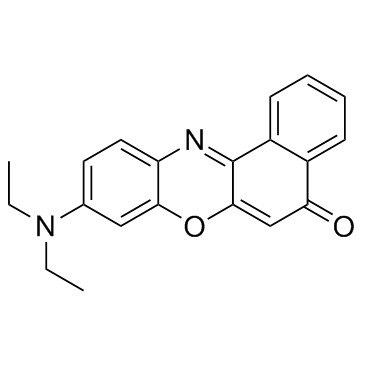| Structure | Name/CAS No. | Articles |
|---|---|---|
 |
sodium dodecyl sulfate
CAS:151-21-3 |
|
 |
Nile Red
CAS:7385-67-3 |
|
 |
2-Methoxy-2,4-diphenyl-3(2H)-furanone
CAS:50632-57-0 |